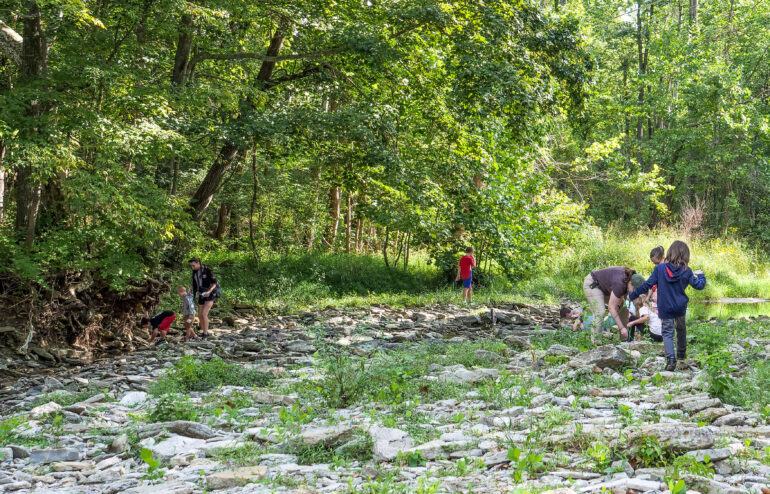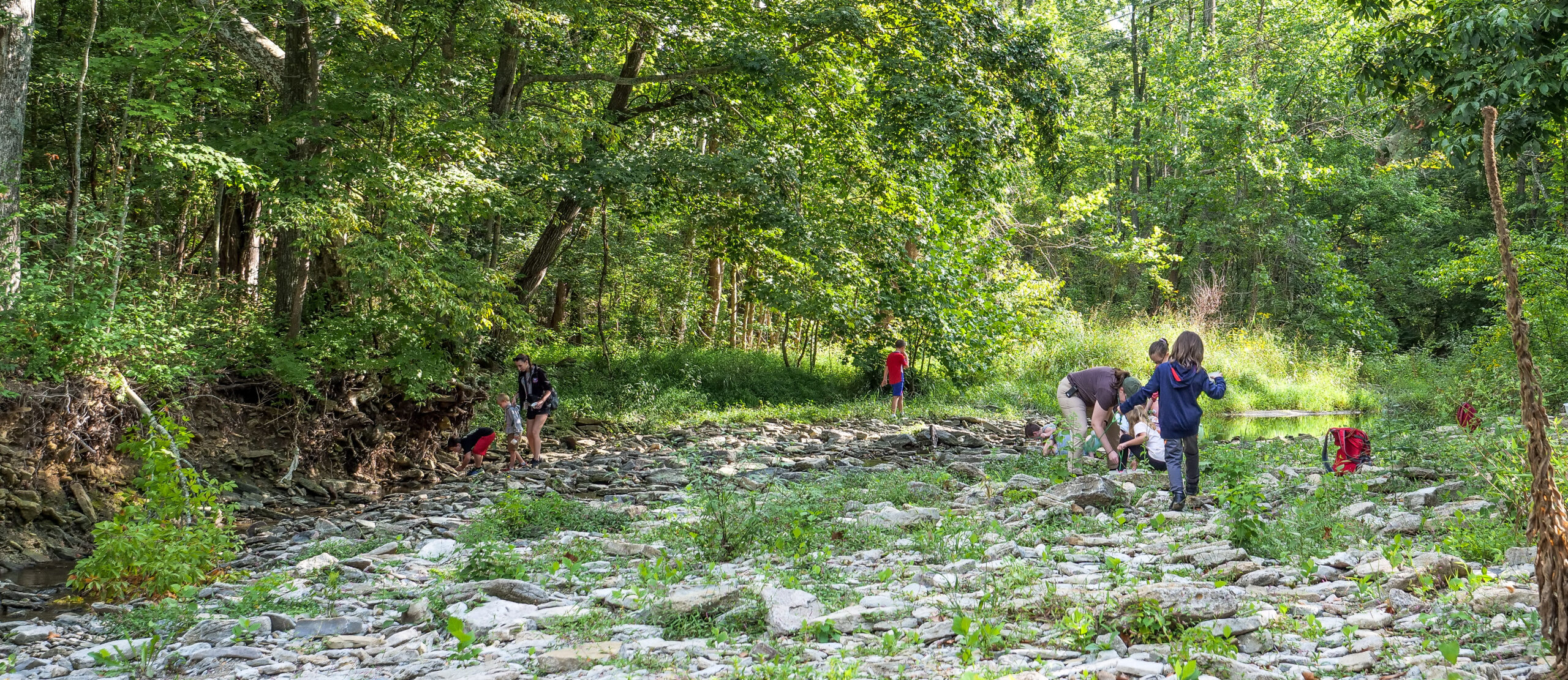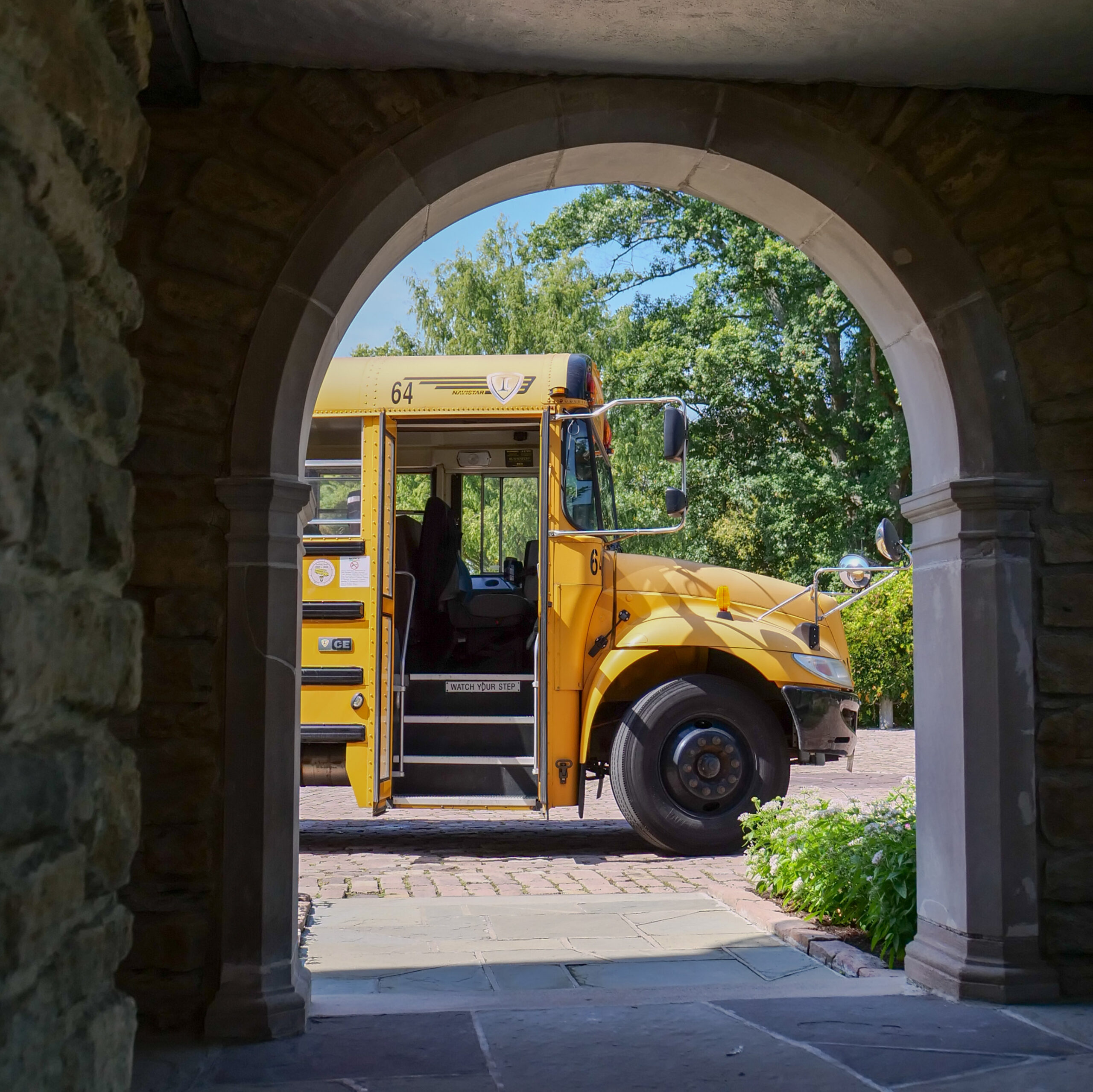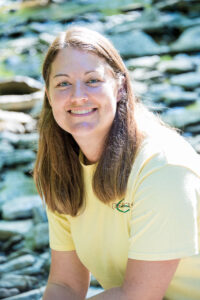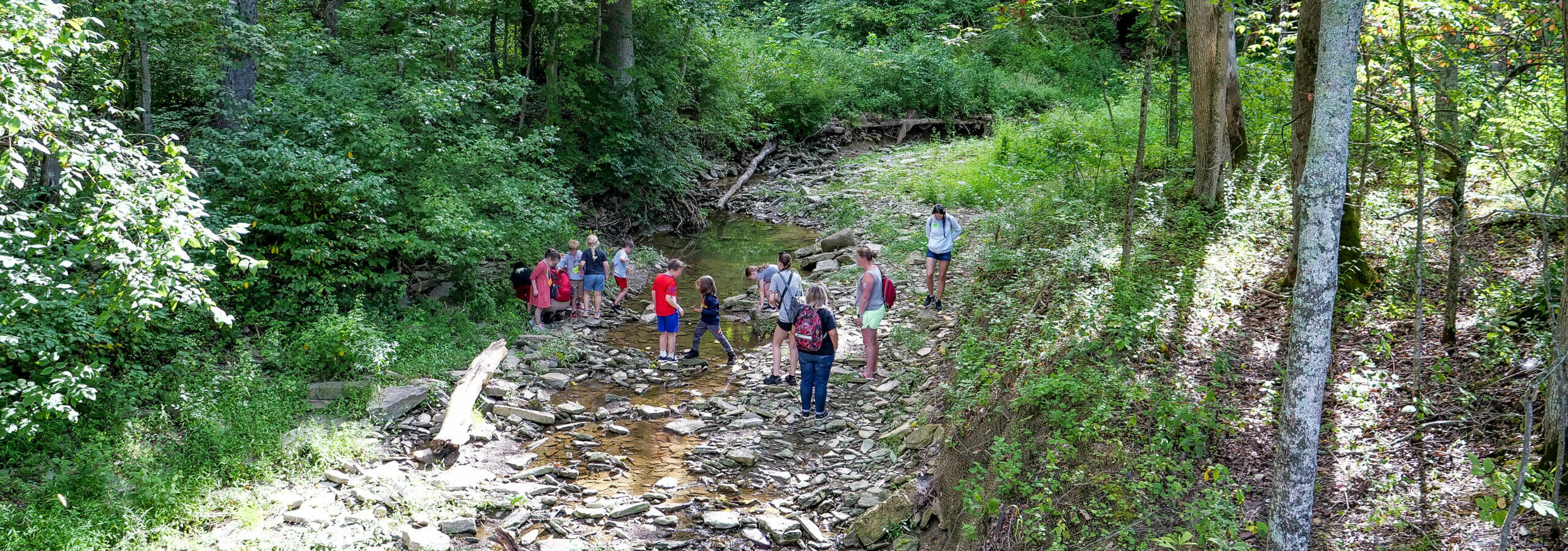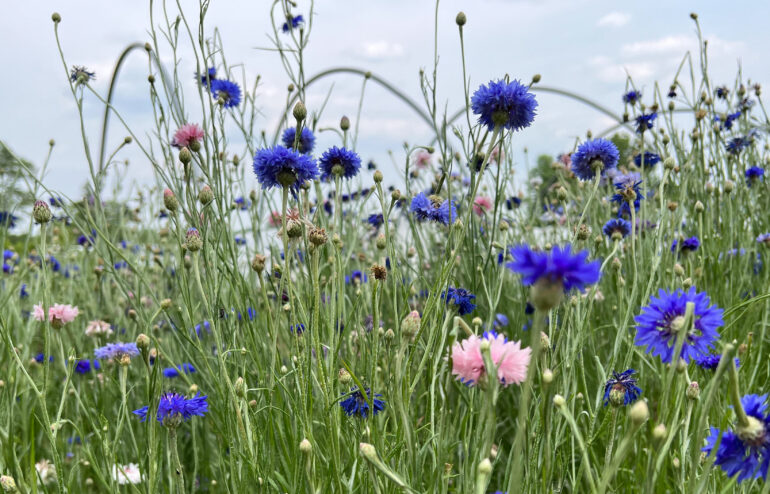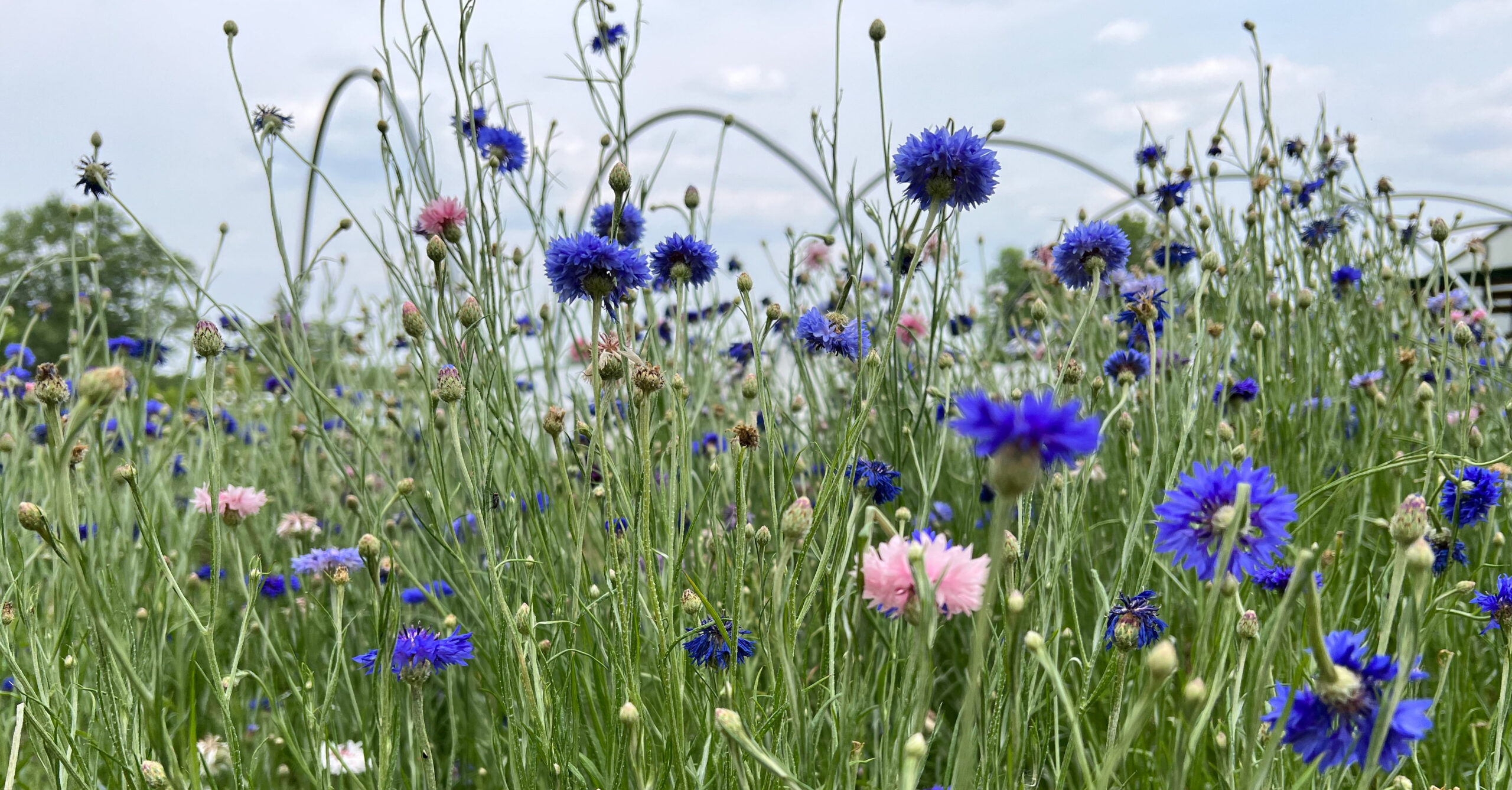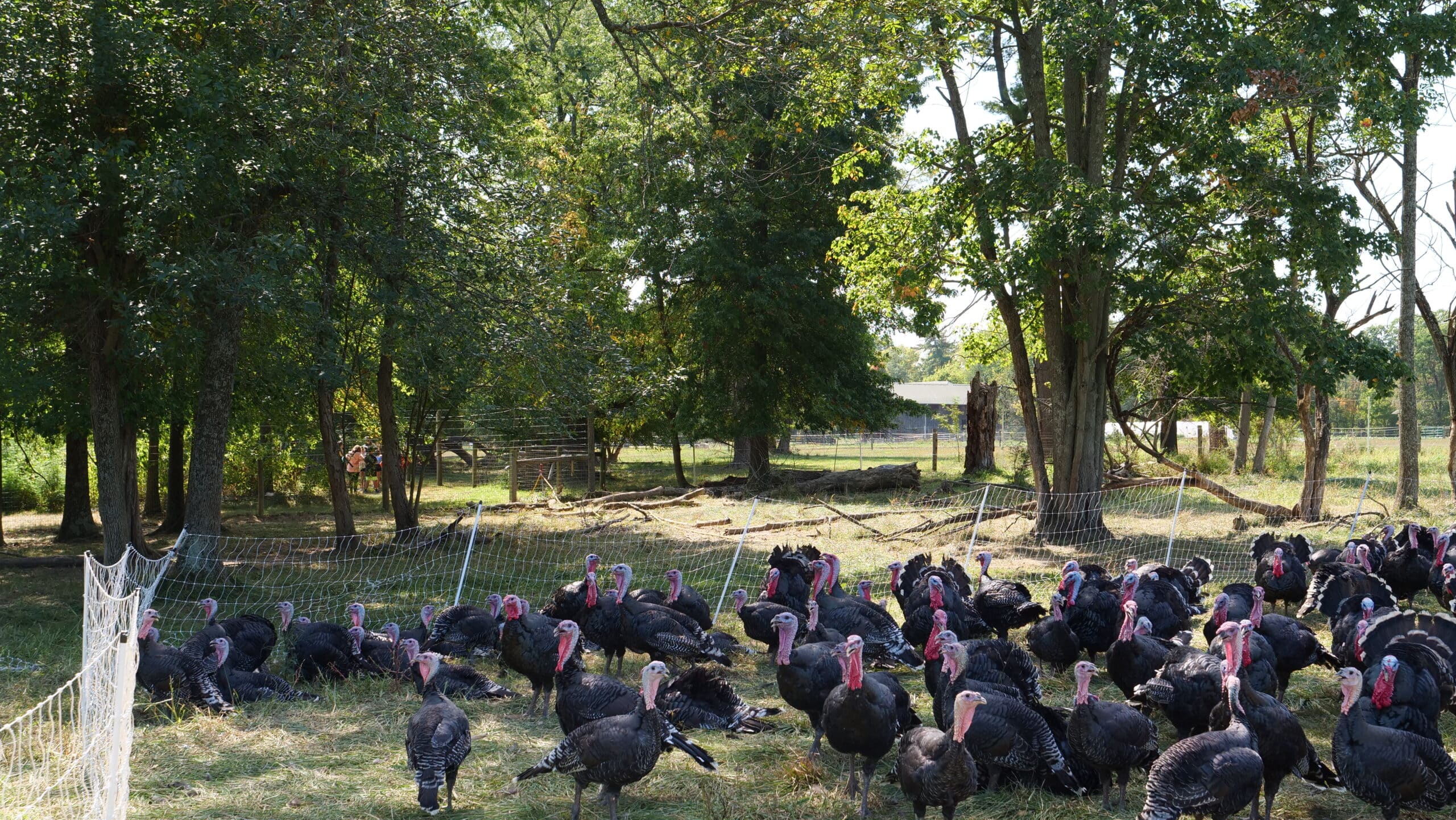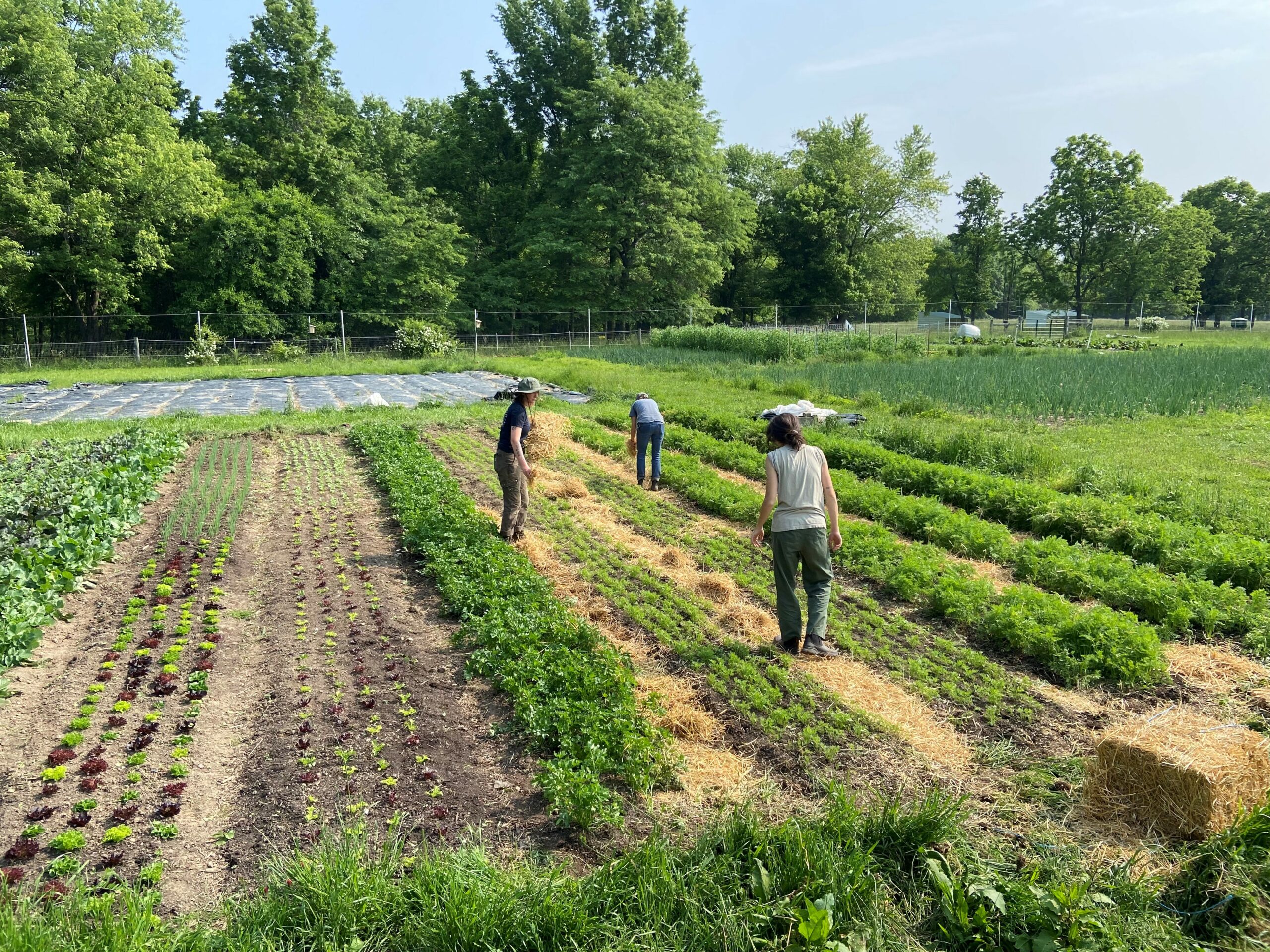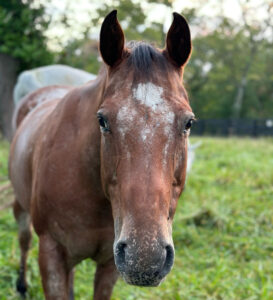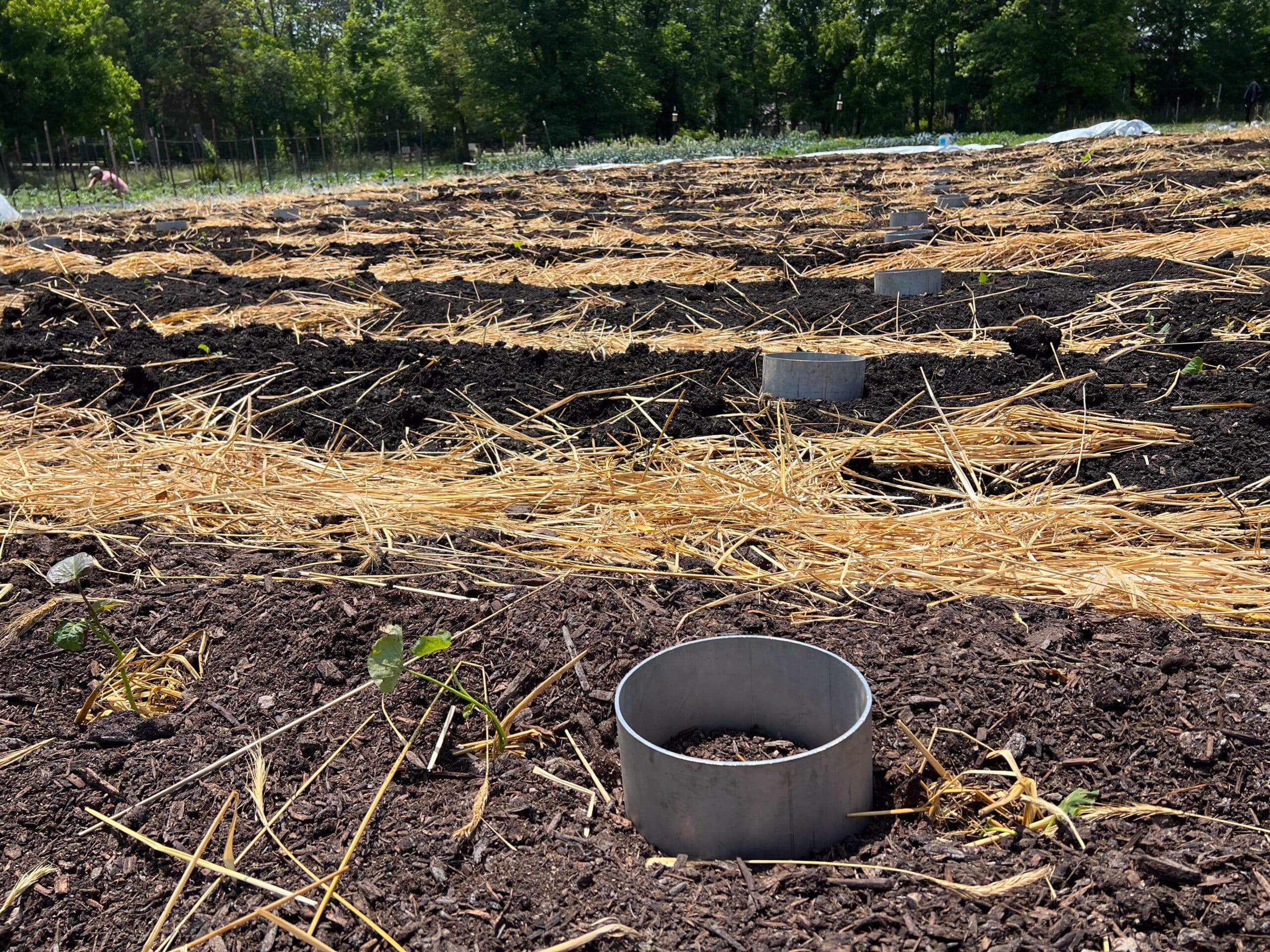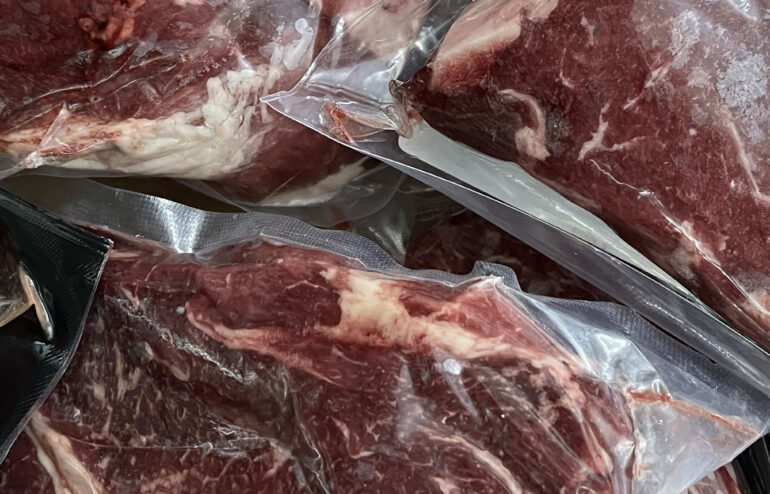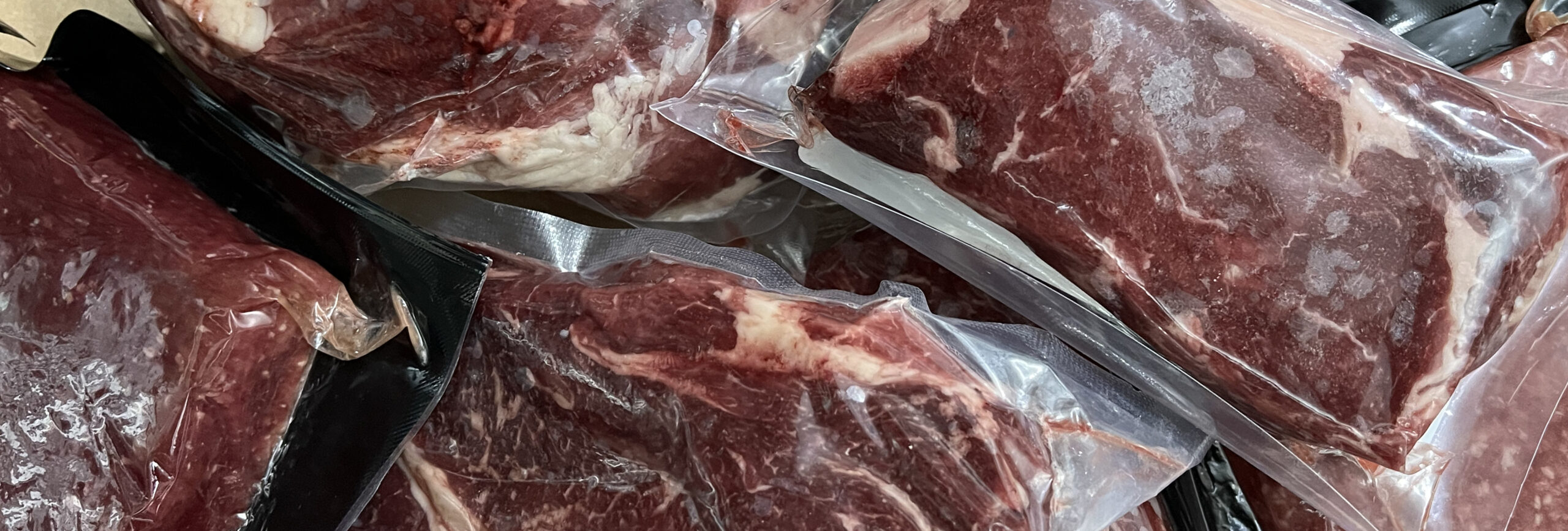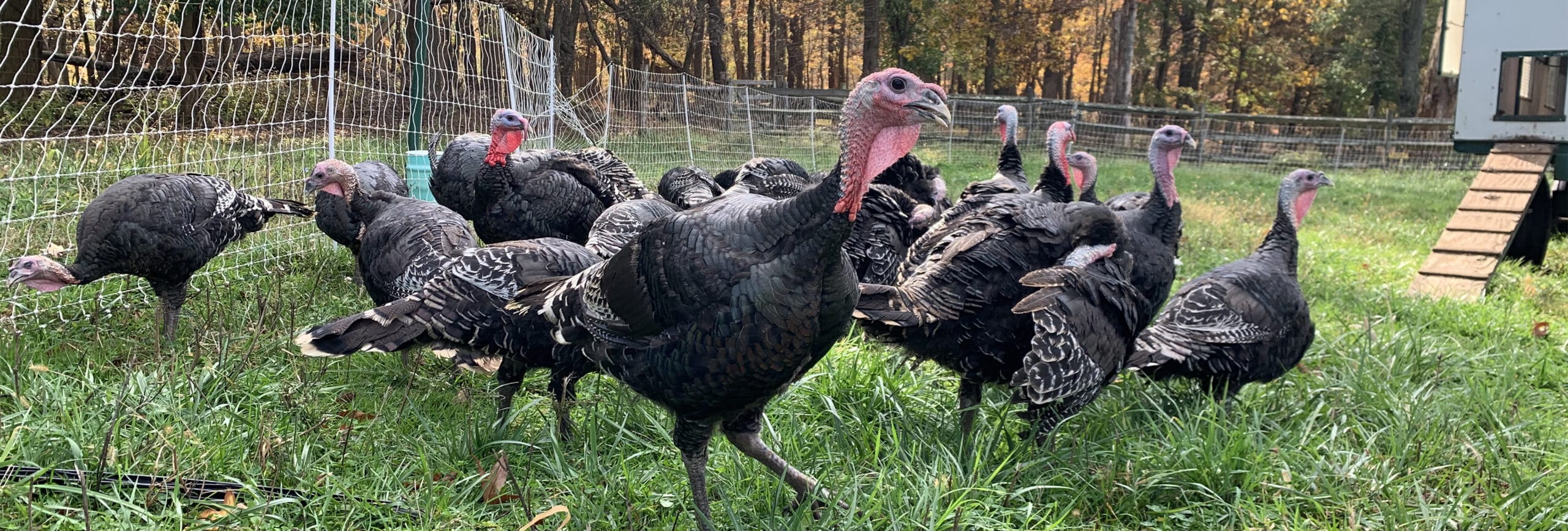
2024 Turkey Pickup Time
If you have questions about how the process works or questions about our turkeys, see our Frequently Asked Questions section below.
FAQ
Why can’t I choose a specific weight for my turkey?
Because our turkeys are raised outdoors on our farm, their sizes can vary significantly year-to-year. When we bring the turkeys back from the butcher, we sort them by size and make a determination on what weights will fall into each bracket (small, medium, large, x-large). We do our very best to provide you with a turkey as close to your expectations as possible, but can make no guarantees on the final sizes of our birds.
How do I pay my $20 deposit?
The easiest way to pay your deposit is online. Click here to make your reservation and pay your deposit by credit card. We are also happy to take your deposit in person at the Farm Market, using cash, credit, or your CSA card.
What is your process for filling turkey orders?
Turkeys will be offered to customers in the order in which we receive their pre-order. Customers who complete their pre-order early will get first access to their preferred turkey size. An email will be sent out for customers to pick their preferred pickup time.
When will I pick up my turkey?
1-hour assigned pickup time windows will be available the Monday and Tuesday of Thanksgiving week. We will contact you via email in early November to schedule your pickup date and time. A limited number of frozen turkeys may be available prior to Thanksgiving – please contact us to discuss on a case-by-case basis.
What size turkey do I need?
In general, a small turkey will feed 4-6 people, a medium for 7-10, a large for 11-14, and an XL for 15+ people however we are big fans of leftovers! We recommend erring on the side of having more leftovers to share, rather than not having enough to go around.
What can I expect at pickup?
Within your assigned pickup window, you will arrive at the Farm Market and be greeted by a Greenacres staff member. While they are retrieving your turkey and any other pre-ordered items, you will be able to check out the new exhibit space about Nippert Barn or shop in the Farm Market with our full selection of 100% grass-fed beef, pastured pork, chicken, vegetables and flowers. Once your preorder is retrieved, a staff member will assist you with checkout. We accept cash and credit card.
Do I need to prepare this turkey any differently because it’s fresh and pasture raised?
Nope! Your turkey will be fresh, so no thawing is necessary. Prepare as you would any other turkey (only it’s going to taste better!). For basic oven roasting, plan on 13 minutes per pound at 350º, until the thickest portion reaches an internal temperature of 165º
What if I need to cancel or change my order?
We do our best to accommodate these situations, but please keep in mind that changes may not be possible. Please get in touch with us so we can find the best solution for you. If you need to cancel, let us know ASAP so we can offer your turkey to another customer, and we will refund your deposit.
What about vegetables, flowers and eggs?
We will have a wide assortment of vegetables available for your feast! Sweet potatoes, carrots, greens, fresh herbs and more, as well as dried flower wreaths. In mid-November we will email you a list of everything we will have available with the option to pre-order.

